Curious Questions: Why do barristers and judges wear wigs?
Like marmalade on toast, saying sorry and the Shipping Forecast, there are few things more typically British than the courtroom wig. Agnes Stamp explains why our barristers and judges wear them.
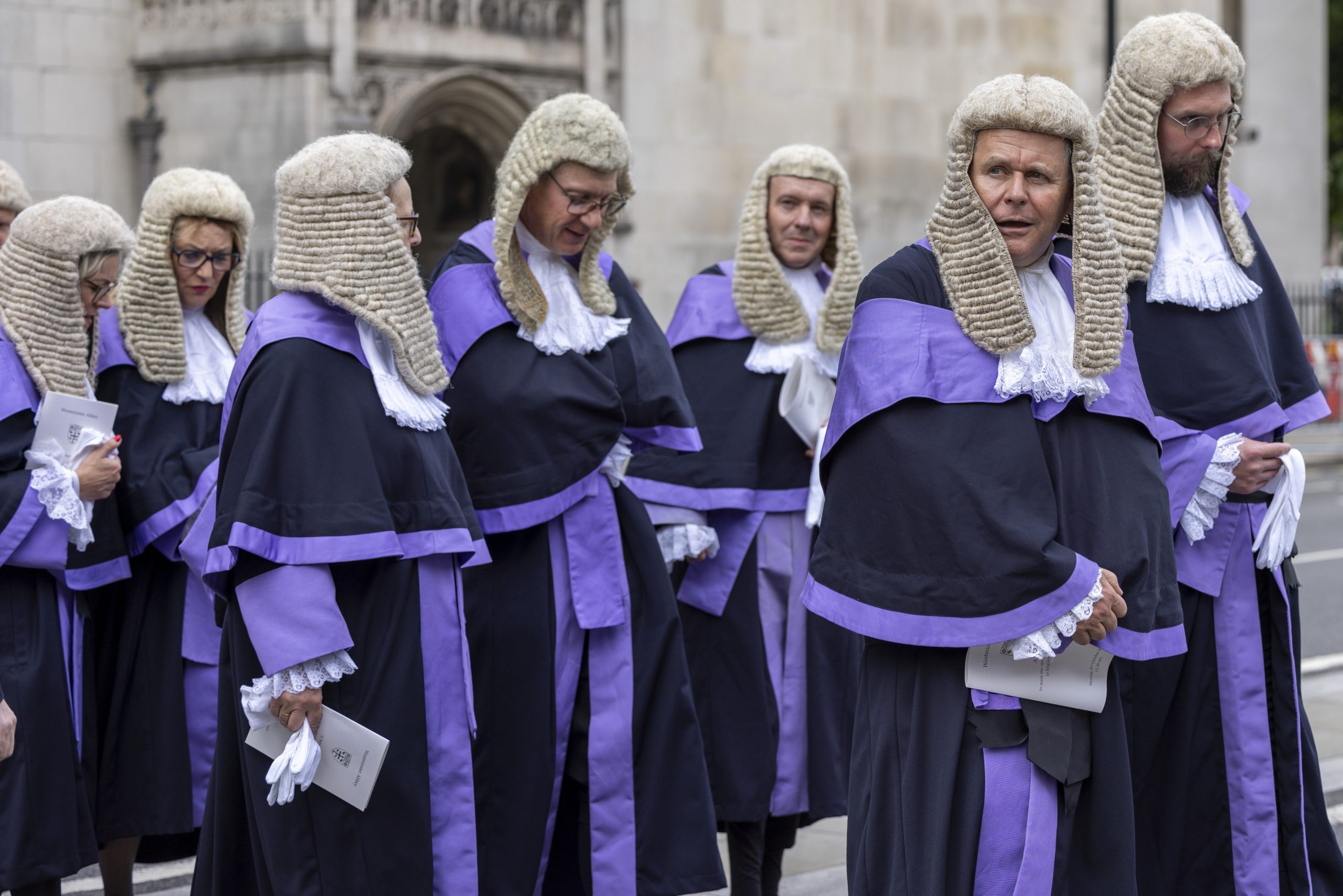

They are the undeniable emblem of our judicial system. Perukes, worn together with robes, have been a mainstay of courtroom dress from about 1685, bringing an air of solemnity and formality to proceedings. In the case of the criminal courts, they once helped to safeguard the identities of the judges and barristers involved, too.
Throughout the 17th century, the ‘correct’ length of hair for men was much debated and, by the mid 1640s, when hair was worn long, hairpieces and wigs began to appear. By the following decade, the practice of wig-wearing was widespread across Britain, in spite of continuing criticism from puritans and satirists. Clergyman and critic Thomas Hall declared in 1653 that ‘these Periwigs of false-coloured haire (which begin to be rife, even amongst scholars in the Universities) are utterly unlawful, and are condemned by Christ himself’.
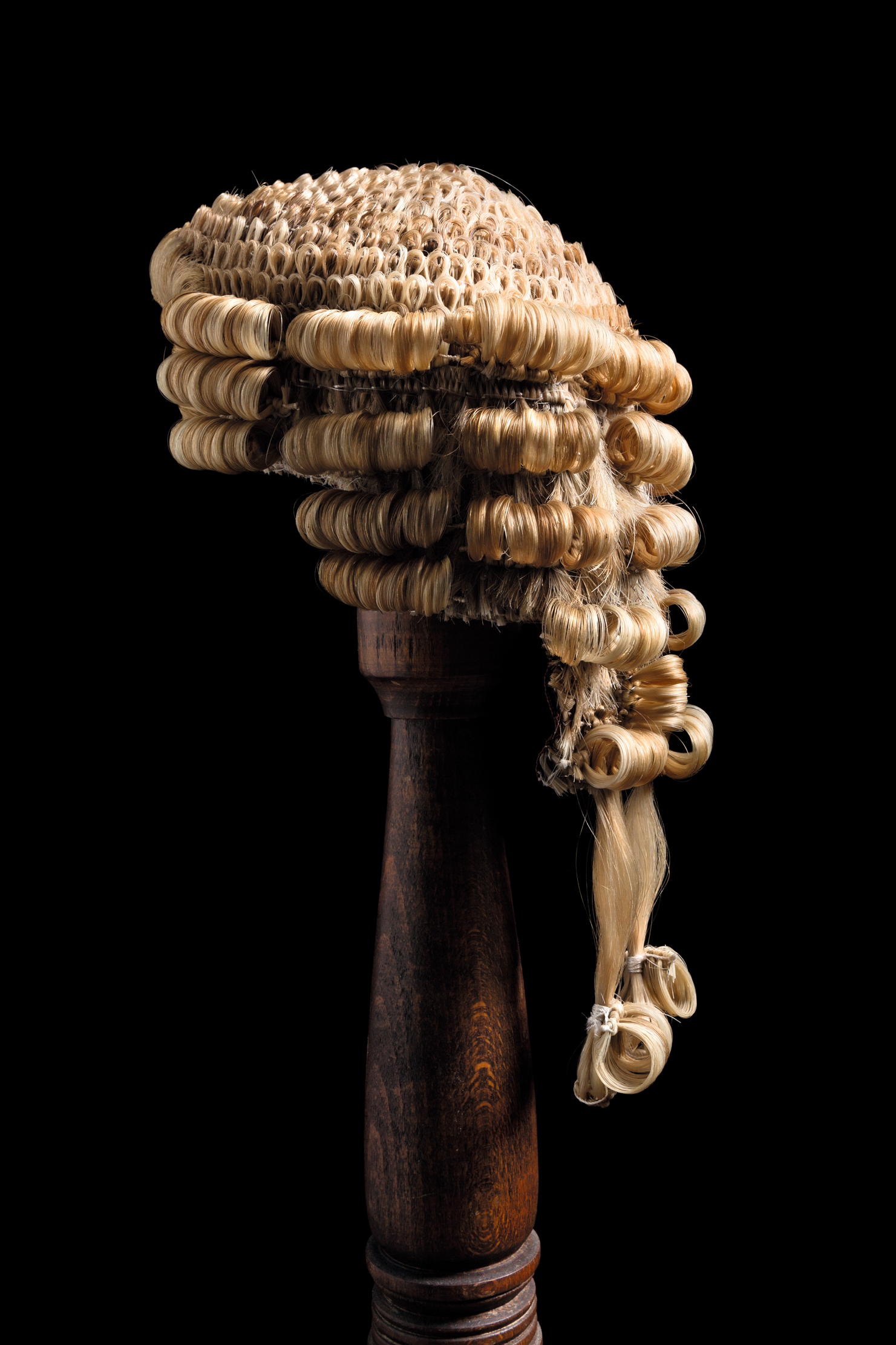
It was, of course, the court of the ruler that defined the dress code for polite society. Following in the (high-heeled) footsteps of his cousin Louis XIV, who had popularised wigs among the French aristocracy, Charles II brought the fashion to Britain. Samuel Pepys records the King dressed in a periwig in April 1664 and, thereafter, the royal accounts list many ‘heads of hair’ as they evolved into an essential part of male dress and, indeed, ‘undress’.
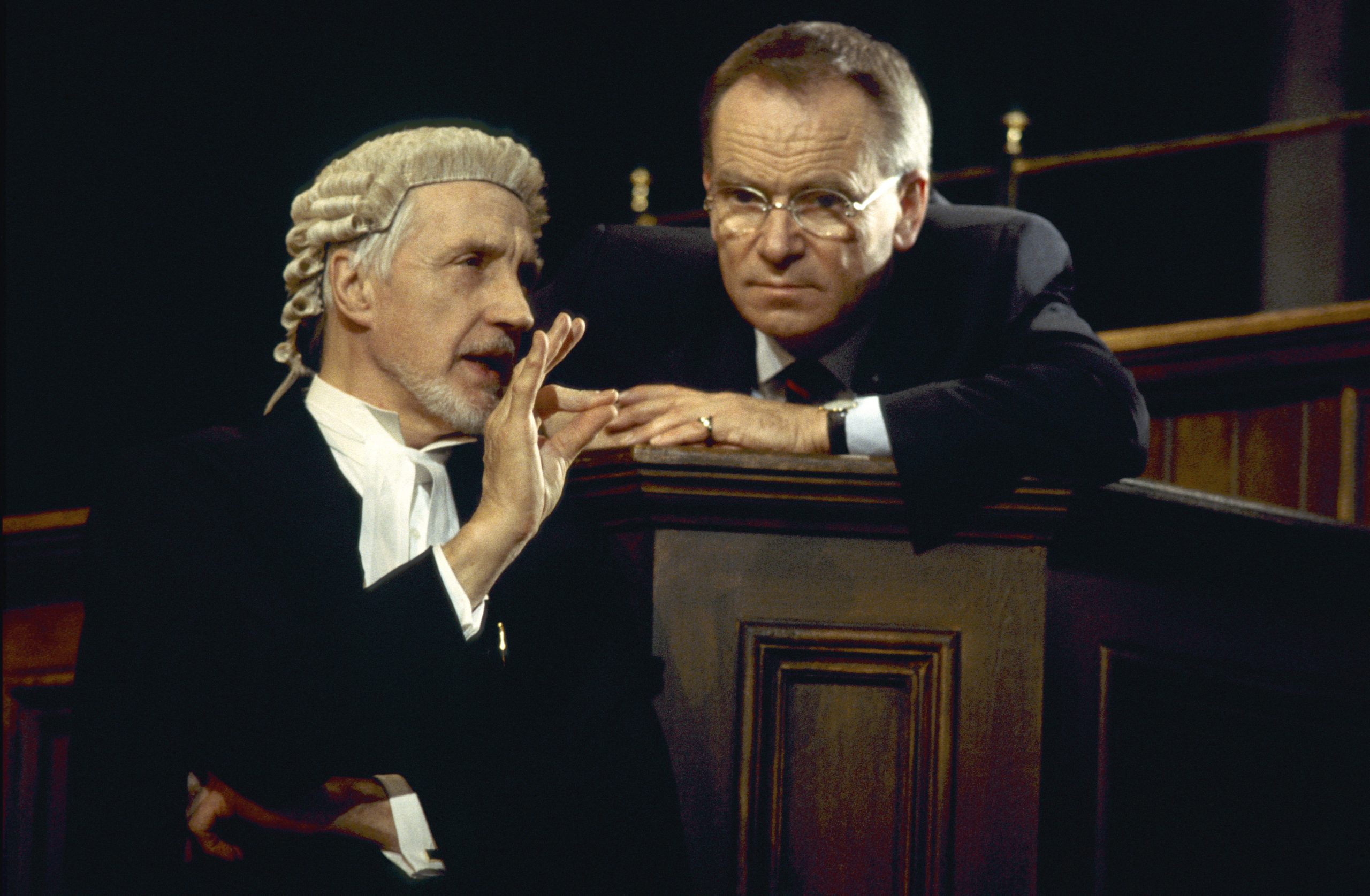
The Sun King and Charles II both suffered from premature balding. Both were also notorious womanisers (according to the diarist John Evelyn, Charles II was ‘addicted to women’) and some have speculated that the hair loss was, in both cases, a symptom of syphilis, so wigs were used to disguise the condition. They also helped remedy another common problem of the period: lice.
Medical deception aside, flowing wigs became symbols of status, because they were expensive and required correct manners and deportment to keep them in place. As the 17th century gave way to the next, the wig trend grew for both sexes.
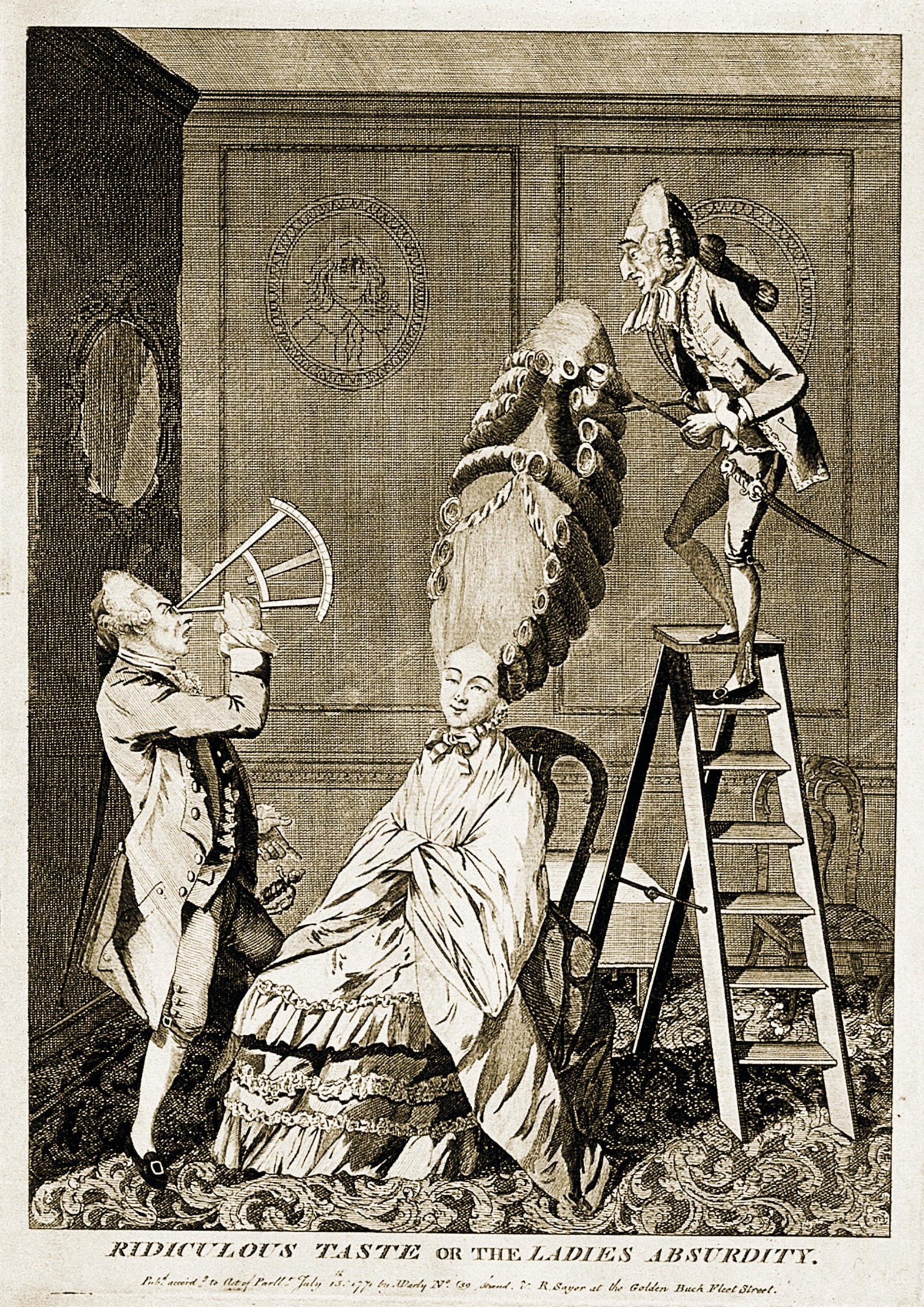
Made from human, horse or goat hair, wigs were thickened with pomatum (grease, which frequently went rancid), heavily powdered and perfumed (with ambergris, musk, bergamot, violet and others) and some styles towered at almost a yard high. Satirists spoke of ‘mountains of hair’ and a poem entitled The Ladies’ Head-Dress published in the London Magazine in 1777 suggested that husbands might get a shock behind closed doors: ‘But never undress her — for, out of her stays/You’ll find you have lost half your wife.’
In Hogarth’s The Five Orders of Perriwigs as they were Worn at the Late Coronation Measured Architectomically (1761), he satirises the fashion for wigs, comparing the beauty ideals and hairstyles of the period with the five orders of Palladian architecture. Hogarth’s five canons are Episcopal (the clergy), Old Peerian or Aldermanic (city officials and peers), Lexonic (lawyers), Composite or Half Natural and ‘Queerinthian’, representing the most ornate and effete.
Exquisite houses, the beauty of Nature, and how to get the most from your life, straight to your inbox.
In the 1770s, the macaronis, a group of young men who favoured towering wigs and foppish dress, came under fire from fencing master and memoirist Henry Angelo, who complained that ‘a solid pound of hair powder was wasted in dressing a fool’s head!’.
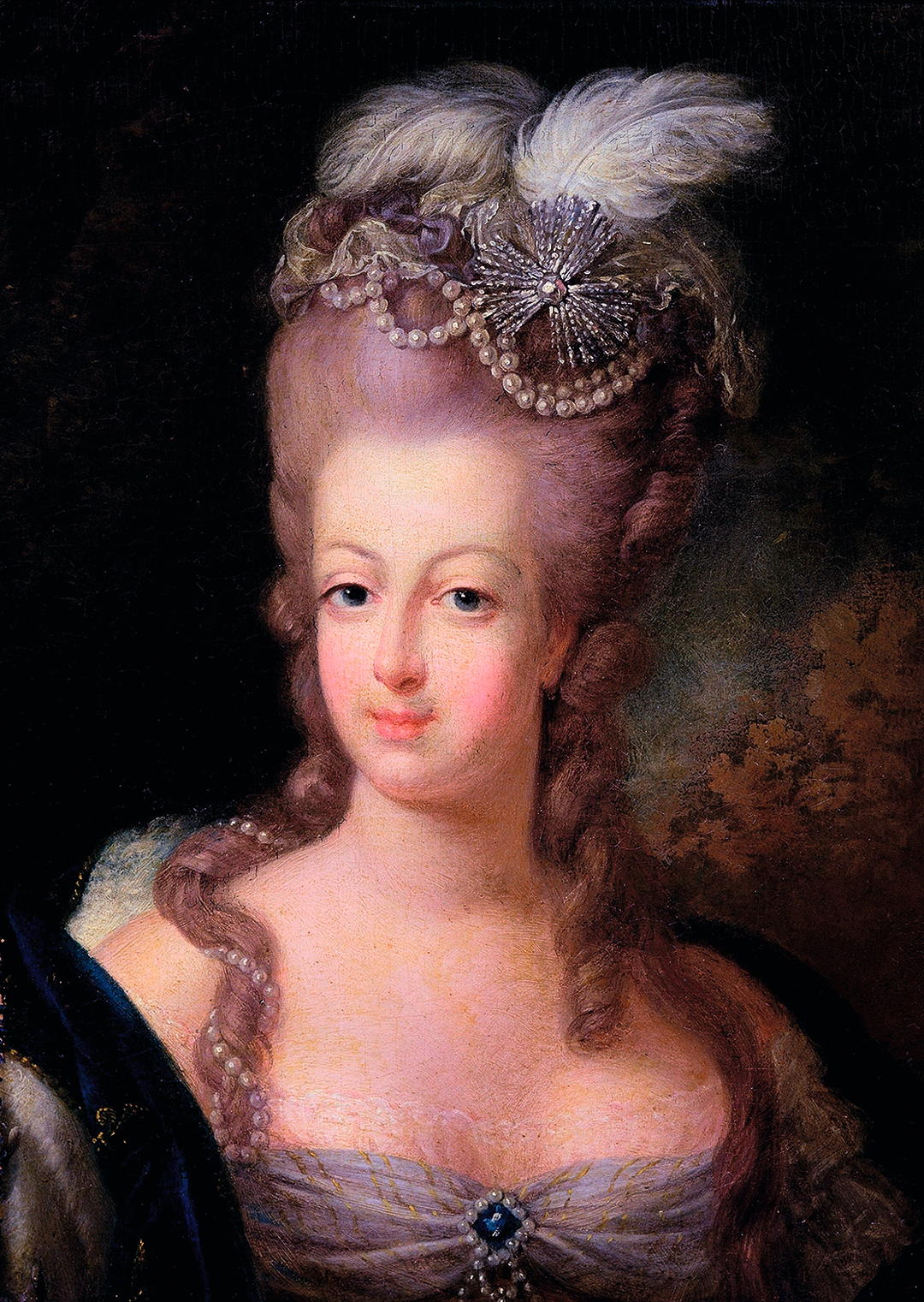
What goes up, must come down and, during the reign of George III, wigs fell out of favour for all but coachmen, bishops (who were eventually given permission to abandon wigs in 1832) and the legal profession. When William Pitt’s government passed The Duty on Hair Powder Act of 1795 to fund the Napoleonic Wars, the powdered wig was rejected by the British people. At that time, a single hairstyle could use at least a pound of hair powder and a tax on this was estimated to yield about £200,000 a year.
However, the custom of wig-wearing in the courtroom has endured. Despite changes to court dress code in 2007 — the then Lord Chief Justice Baron Phillips stated that ‘after widespread consultation it [had] been decided to cease wearing wigs…in the civil and family jurisdictions’ or when appearing in front of the Supreme Court — wigs remain commonplace during criminal proceedings, and many barristers elect to wear them throughout civil hearings, too. Here’s hoping perukes are still around for at least another three centuries.
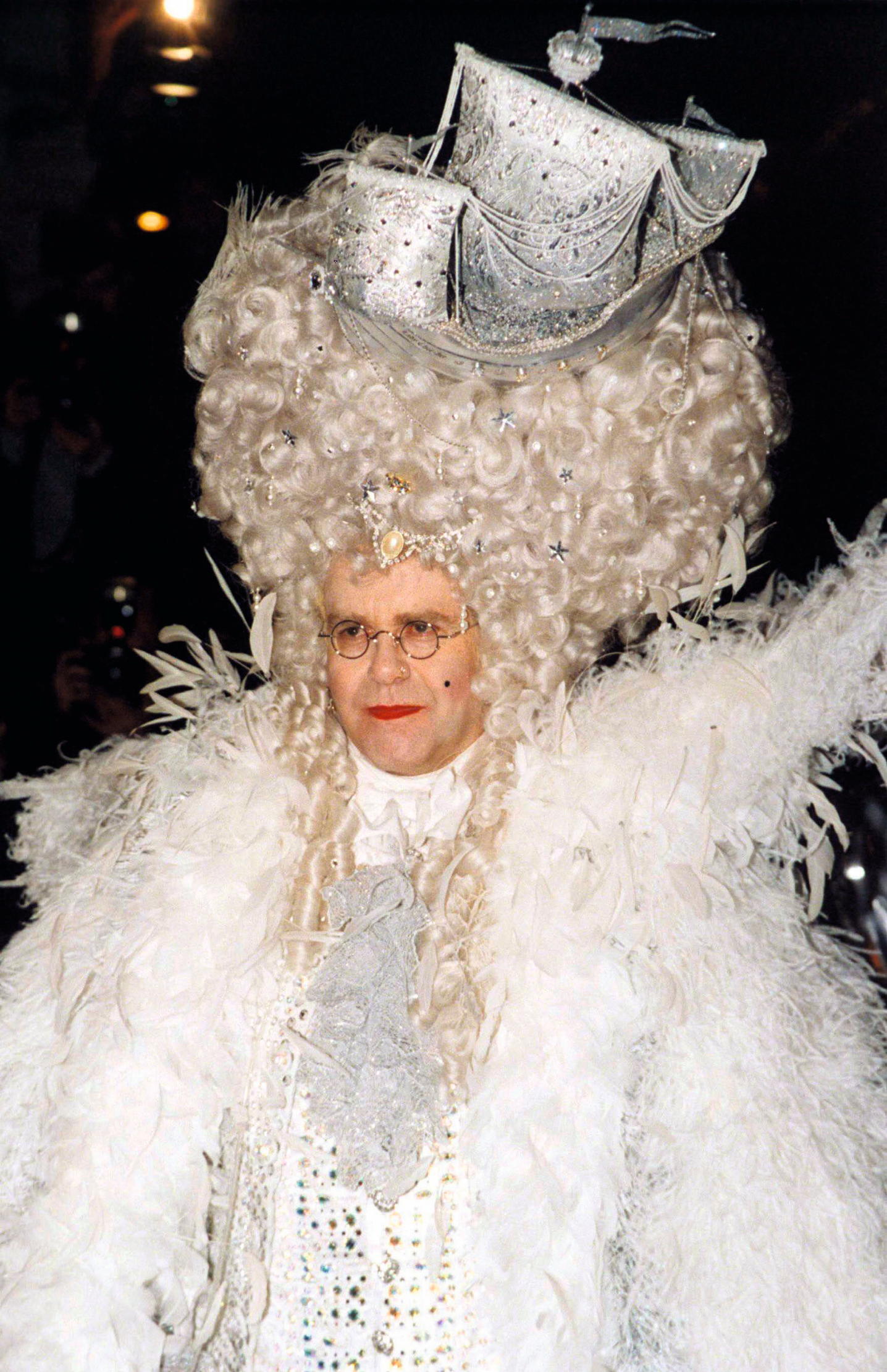
Agnes has worked for Country Life in various guises — across print, digital and specialist editorial projects — before finally finding her spiritual home on the Features Desk. A graduate of Central St. Martins College of Art & Design she has worked on luxury titles including GQ and Wallpaper* and has written for Condé Nast Contract Publishing, Horse & Hound, Esquire and The Independent on Sunday. She is currently writing a book about dogs, due to be published by Rizzoli New York in September 2025.
-
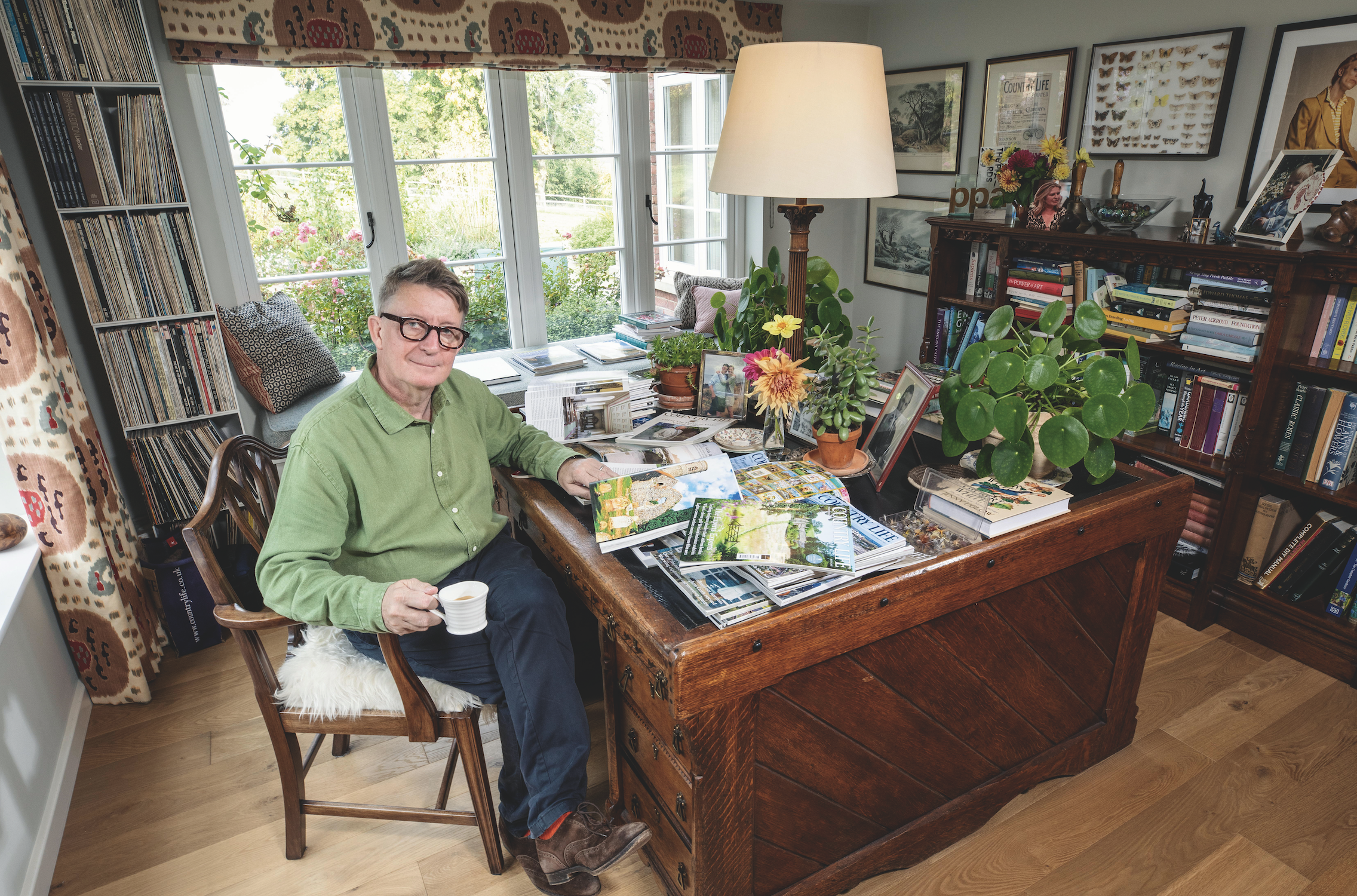 A grand milestone: Country Life's Mark Hedges celebrates a record-breaking 1,000 issues as editor-in-chief
A grand milestone: Country Life's Mark Hedges celebrates a record-breaking 1,000 issues as editor-in-chiefThe custodian of a 128-year-old British institution celebrated the milestone with a special edition guest edited by Sir David Beckham.
-
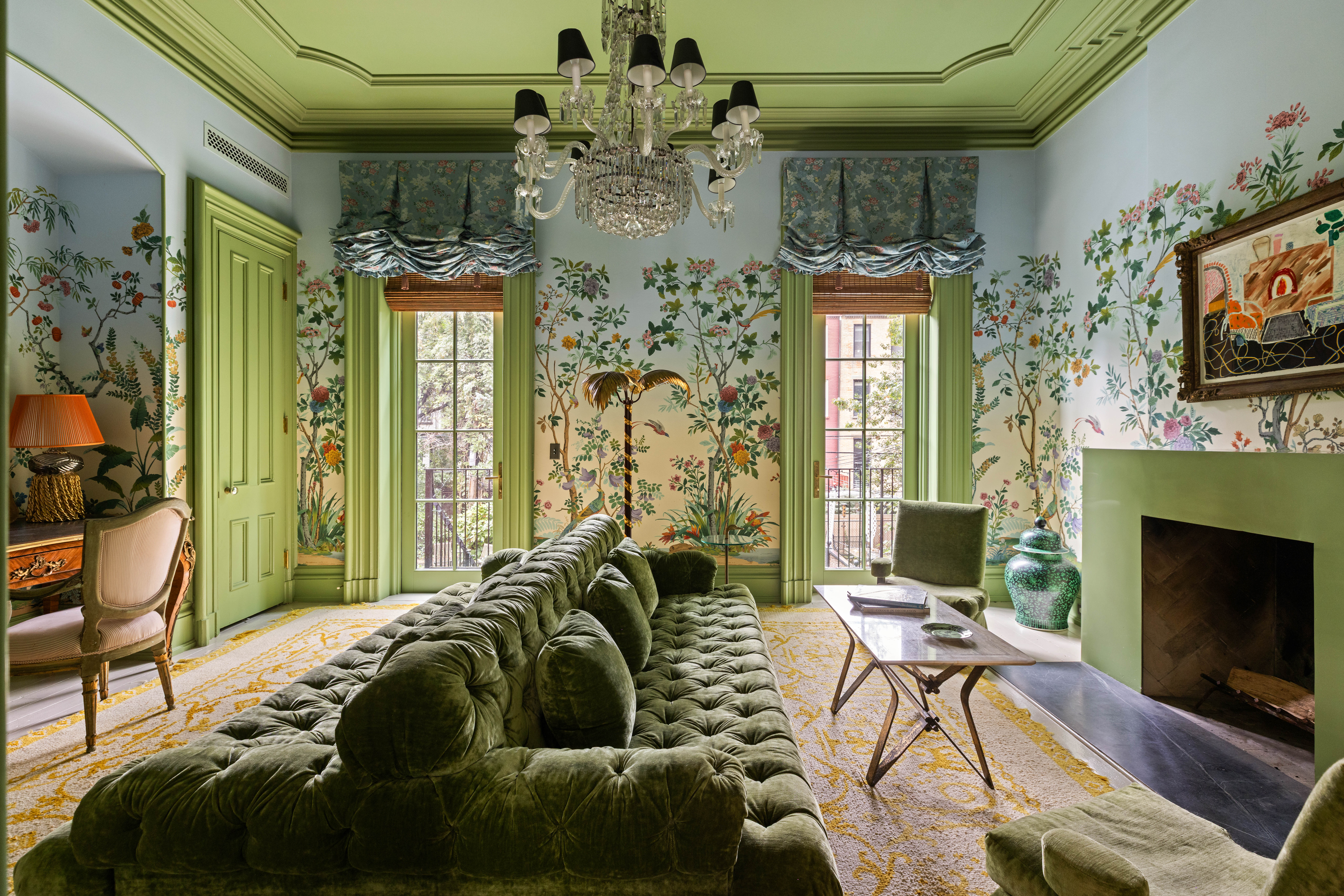 The eclectic New York townhouse that Lily Allen sings about in her new, headline-making album is for sale
The eclectic New York townhouse that Lily Allen sings about in her new, headline-making album is for sale381, Union Street is on the market just days after the singer’s latest album details the alleged infidelity in her marriage.
-
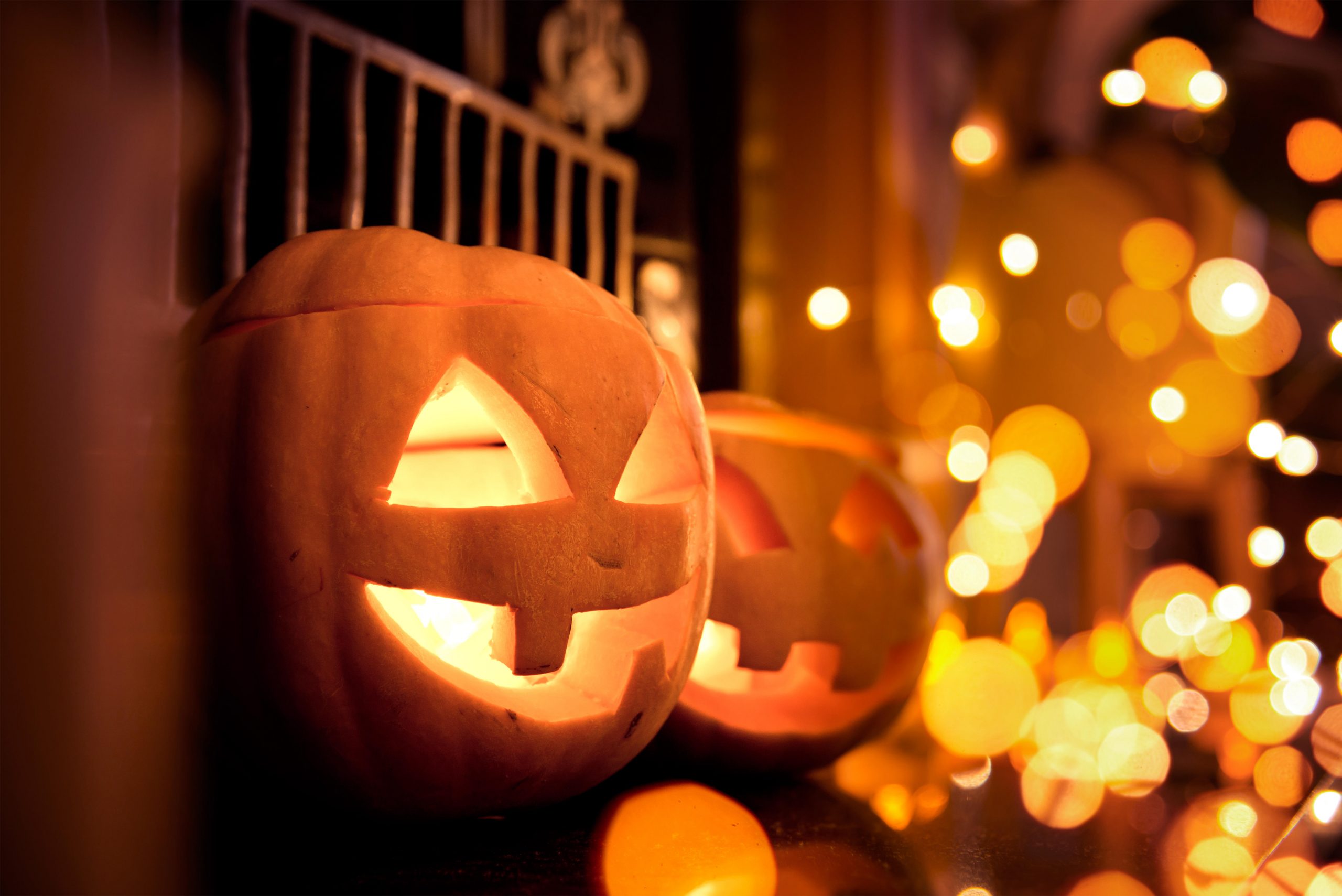 Curious Questions: Why do we carve pumpkins at Halloween?
Curious Questions: Why do we carve pumpkins at Halloween?The devilishly smiling image of Jack O'Lantern is inseparable from Halloween, but what's the story behind it? Martin Fone explains — and discovers that the festival many complain about as an American import has been this side of the Atlantic for centuries.
-
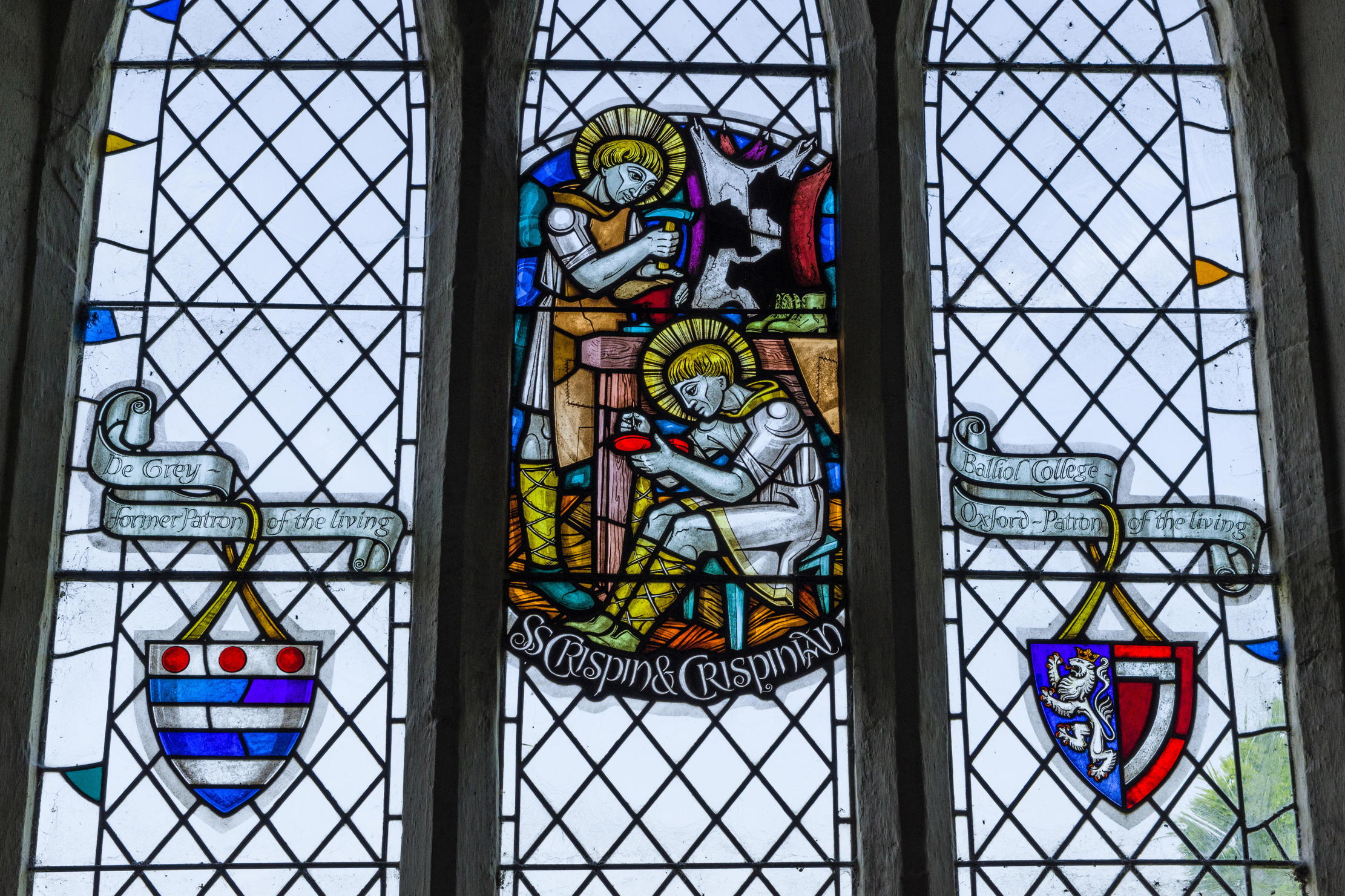 Who was the real St Crispin, and what did he have to do with the Battle of Agincourt?
Who was the real St Crispin, and what did he have to do with the Battle of Agincourt?You have questions about Shakespeare's most famous speech. We have answers.
-
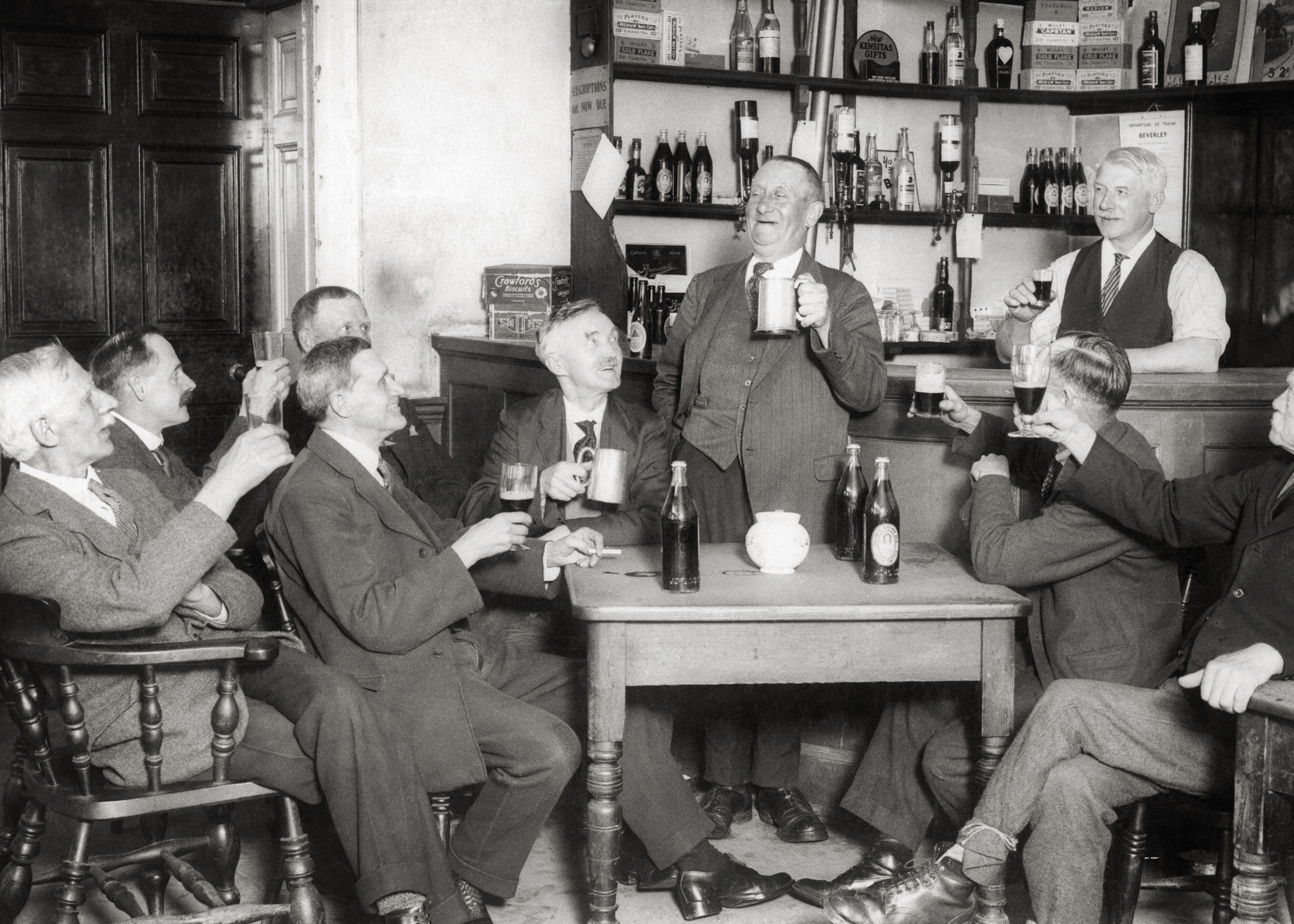 Do you know your apple-catchers from your tittamatorter? Take a crash course in the UK's local languages
Do you know your apple-catchers from your tittamatorter? Take a crash course in the UK's local languagesWith experts warning that regional accents could disappear within decades, our sometimes quaint and, often, bizarre dialect words are becoming ever-more precious.
-
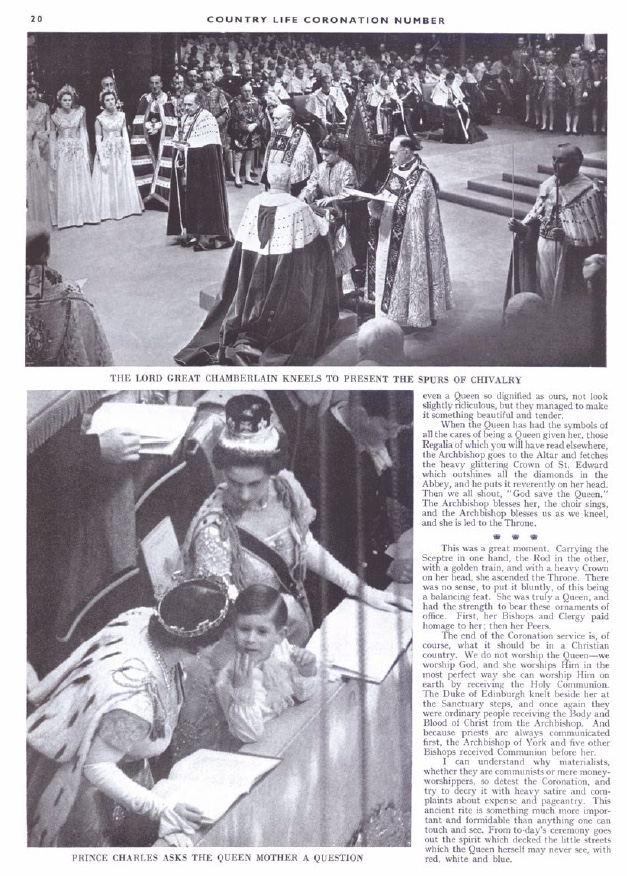 What it's like to have a prime seat at a Royal Coronation by John Betjeman, who reported for Country Life in 1953
What it's like to have a prime seat at a Royal Coronation by John Betjeman, who reported for Country Life in 1953The late, great Poet Laureate John Betjeman was among the congregation when Her Majesty Queen Elizabeth II was crowned in 1953 — and he wrote about it for Country Life. We're very proud to reproduce that article now — The Queen's Coronation: In The Abbey by John Betjeman.
-
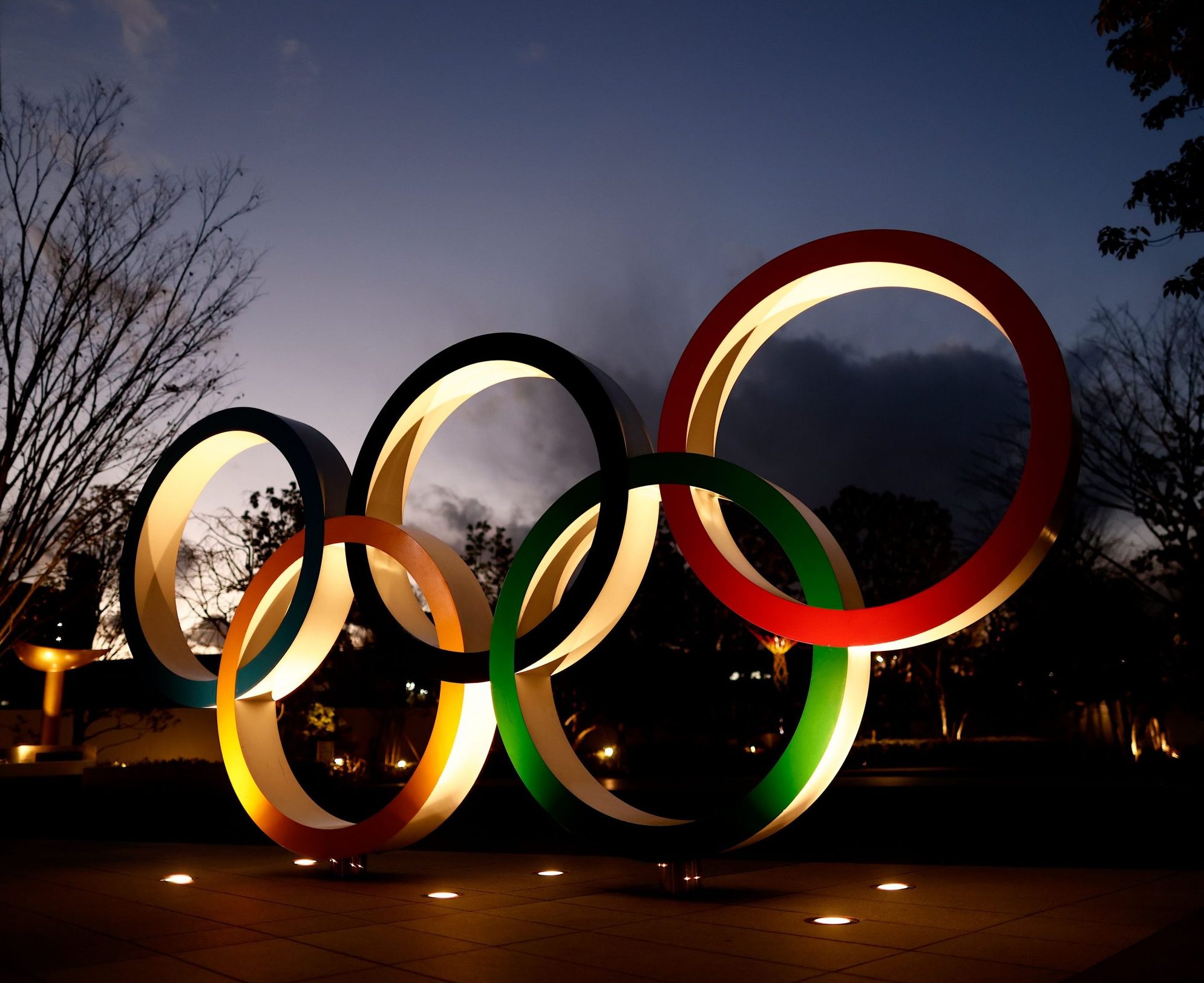 Curious questions: Did the modern Olympics really start in Much Wenlock?
Curious questions: Did the modern Olympics really start in Much Wenlock?Martin Fone traces the history of the Olympics and examines the contribution of Shropshire doctor William Penny Brookes.
-
 Curious Questions: What was the first ever televised sporting event?
Curious Questions: What was the first ever televised sporting event?Over 20 million people have been tuning in to watch England's stirring exploits at Euro 2020, and the huge numbers look only set to get bigger as the summer goes on. It's a far cry from the first ever televised sporting event, almost a century earlier, as Martin Fone explains.
-
 Curious Questions: Is the chocolate side really the top of a Jaffa Cake?
Curious Questions: Is the chocolate side really the top of a Jaffa Cake?Martin Fone discovers nothing is quite as it seems in the world of Jaffa Cakes — including whether they are a biscuit or a cake or whether chocolate sits at the top.
-
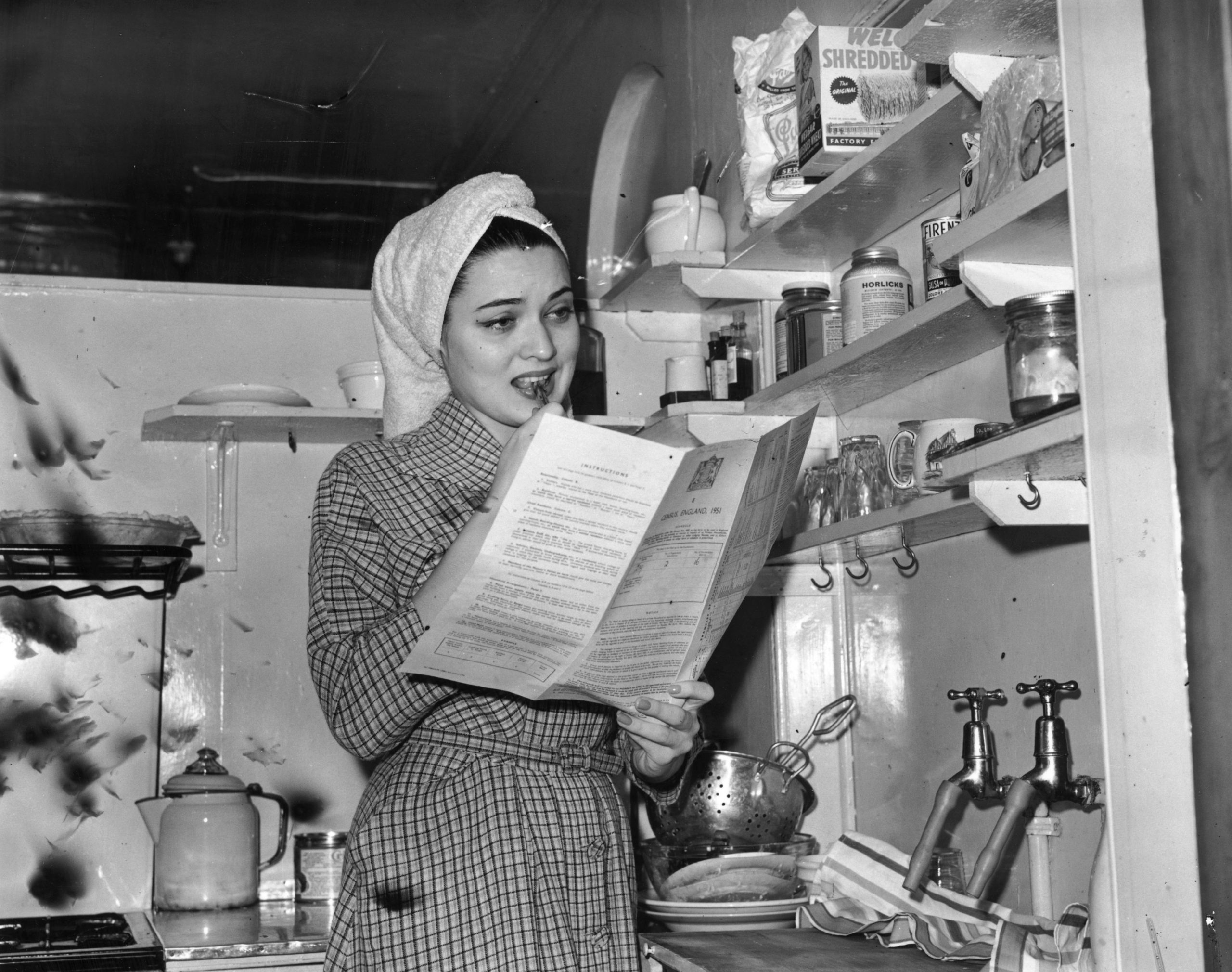 Curious Question: When was the first census held?
Curious Question: When was the first census held?As the UK prepares to compile this decade's census, Martin Fone retraces its history.
